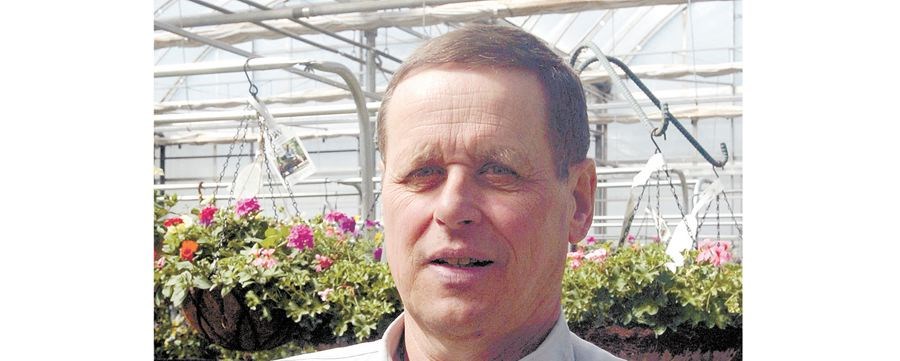Growing your own sprouts indoors is a fun and economical way to keep you into gardening, even though it's winter.
They are easy to grow, don't require very much space or equipment, and are fast growing as they are ready to eat in a few days. Easy to digest, sprouts contain concentrated amounts of vitamins, minerals, protein and amino acids, and can be used in salads, sandwiches and stir-fries.
To get started you need a container that drains easily - such as a mason jar with a lid made of screen, netting, or a strainer lid - fresh water and certified sprouting seeds which are available at the garden centre. To make things easier, there are sprout starting jars available at the garden centre that have everything you need to get you growing including a packet of sprouting seeds, or you can pick up just a strainer lid.
The first step is to rinse the seeds by placing them in the jar, one to two tablespoons of seeds depending on type/size of seed. Toss out any seeds that do not look right. (Store the package of remaining unused seeds in a cool, dry, dark space as this will help keep them viable.)
Screw the strainer lid on the jar or secure the screen or netting on the jar. Pour in three parts cold, clean water to each one part of seed and gently swish the water in the jar, rinsing the seed, and then turn the jar upside down allowing the water to drain through the strainer lid. After the seeds have been rinsed, add enough cold, clean water to the jar so that seeds are covered to twice their depth. Allow the seeds to soak for the allotted amount of time given on the seed packet.
Different seeds will absorb different amounts of water, for different lengths of time, around eight to 12 hours. You will notice the seeds start to swell. Remove any floating seeds. After they have soaked it is important to drain the excess water. Seeds will be moist but should not be sitting in water.
It is very important to rinse the sprouts with fresh, cold water three times a day, every day until they are ready to eat. It is important to fully drain them upside down after each rinse, which is why the strainer lid is used. Seeds that are wet and not rinsed three times daily will form bacteria and mould and cannot be eaten.
After a few days they will be ready to harvest. Rinse them one last time before harvesting and then after they have been harvested, dry them well by either placing them on paper towels or putting them in a salad spinner. They are now ready to eat. They can be stored in a sealed container in the fridge for a few days.
There are different organic sprouting seeds available. Alfalfa is great in salads and sandwiches as is the red clover. Green peas taste similar to freshly-picked green peas, red radish is a fast-sprouting seed that is hot tasting and hard red wheat has many health benefits. Also available are sprouting seed blends such as Bean Salad, Deluxe Blend, Fantastic Four, Go Go Blend, Gourmet Blend and Salad Blend.



